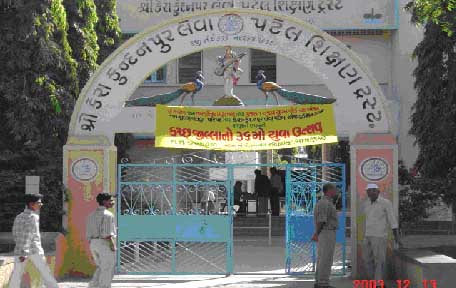Vocational training key to economy
 Away from the limelight, the state’s 750 Industrial Training Institutes (ITIs) are part of a quiet revolution in the labour market, helping to produce employees with skills that are in great demand.
Away from the limelight, the state’s 750 Industrial Training Institutes (ITIs) are part of a quiet revolution in the labour market, helping to produce employees with skills that are in great demand.
More than 100 companies have tied up with these vocational centres over the past two years to train and employ young men and women.
Economists say that as India’s economy grows, the demand for skilled employees, distinct from professionals such as software professionals and chartered accountants, will mushroom.
The state government is trying to feed this demand.
There are 20 more ITIs in the pipeline and a lot more applications, said J. Bhutange, director of vocational training in Maharashtra.
The government is looking to tie up with 260 companies by the year-end.
But observers say the government needs to do much more.
“The best way to improve the ITI scheme is to allow more private participation,” said Ajit Ranade, chief economist, Aditya Birla Group.
“The government allows companies to adopt ITIs but there is no flexibility. Companies should be allowed to create curriculum, hire faculty of their choice and be given the option of first hiring the students they train.”
Also, society’s perception of ITI being a last resort has not changed.
“Unfortunately, India still has a very narrow view of vocational training,” said Mukund Mavalankar, senior vice president, Bharat Forge, which has also tied up with an industrial training institute.
“In countries like Germany, after schooling, there is a clear choice of university or vocational training and most prefer vocational training, and then they might get a degree for added expertise,” he added.